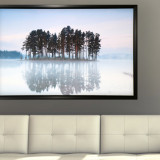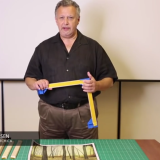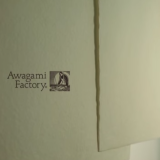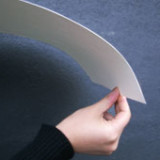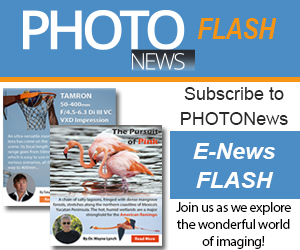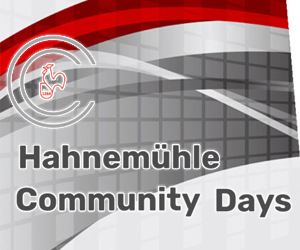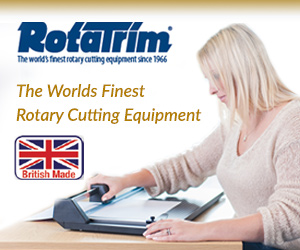Thanks to the rapid improvement of inkjet printers, it is now possible to create work that can incorporate the unique qualities of the paper it is printed on…expressions that were not possible with photographic printing paper have now become possible. It is important to select materials that are right for each individual work and there are now many ways to enjoy the inkjet printing experience. We are proponents of creative experimentation and recommend that you try many different media before deciding on the best one to express your unique visual message. Let this introduction assist you in choosing the right AIJP (Awagami Inkjet Paper) to best convey your artistic expression.
If this is your first time printing with washi, the Kozo series is a good place to start. ‘Kozo’ (mulberry) is one of the main ingredients used in making Japanese paper, and the quality and aesthetic of the material is the most “washi-like” of all the materials. There is a wide variation of thicknesses, colors, and sizes available, so these papers may be used for a wide array of creative applications. The handmade deckle-edged ‘ Shiramine postcard series also convey a lovely and traditional Japanese washi aesthetic.
Shiramine Handmade Postcard – White
Inbe paper paper can be printed on both sides and is therefore ideal for printing books or cards.
Inbe (Thick) White
A1/A2/A3/A4/Roll
Inbe (Extra Thick) White
A1/A2/A3/A4/
Since it’s possible to print on both sides of Inbe papers, they are a comparatively reasonable option for those on a budget. AIJP Inbe papers are easy-to-use and are suitable for a wide range of printing types, making them an extremely reliable “workhorse” inkjet paper.
Inbe (Thin) White
A1/A2/A3/A4/Roll
Inbe (Thick) White
A1/A2/A3/A4/Roll
Inbe (Extra Thick) White
A1/A2/A3/A4/
Naturally the thickness and nature of your materials will vary depending on the intended effect; however, we highly recommend the Premio series for framed works. Because of its double layering, ‘Premio’ papers are thick enough so that they do not require any additional backing. Premio papers will add a strong presence to your printed photos presented in a portfolio and are also excellent for card-making or other original printed products for sale.
The Bizan eries is handmade one sheet at a time by our master craftsman and has 4 naturally organic deckled edges. Bizan is very thick when compared to other digital papers, so it is a popular choice for professional artists who like to display their works unframed.
Premio Unryu
A0/A1/A2/A3+/A4
A5/Postcard
Premio Inbe
A0/A1/A2/A3+/A4
A5/Postcard
Premio Kozo White
A0/A1/A2/A3+/A4
A5/Postcard
Bizan (Medium Thick) White
A1/A2/A3/
Bizan (Thick) White
A1/A2/A3/
Bizan (Medium Thick) Pure White
A1/A2/A3/
Bizan (Thick) Pure White
A1/A2/A3/
Unryu paper contains long kozo(mulberry) fibers which become visible when lit from behind. The kozo fibers have a synergistic effect, making a unique contribution to works of art printed on it.
Kozo Double Layered can be easily peeled apart after printing leaving a very thin final sheet. The printing surface is 100% kozo so although thin, it is quite strong and retains excellent transparency.
The Kozo (Thin) paper has a lovely and subtle quality which allows light to softly pass through.

Unryu (Thin) White
A4/Roll
Kozo Double Layer
Roll
Kozo (Thin) White
A1/A2/A3/A3/A4/Roll
Kozo (Thin) Natural
A1/A2/A3/A3/A4/Roll
Kozo (Thin) s a good choice for a simple scroll; however, to make an authentic scroll, we recommend using as thin a paper as possible and then mount the printed sheets onto the scroll. Therefore, Kozo Double Layer is an ideal choice since the sheet can be peeled apart after printing resulting in a very thin printed page.
*We recommend contacting your scroll mounting vendor before beginning your work.
Kozo Double Layer
Roll
Kozo (Thin) White
A1/A2/A3/A3/A4/Roll
Kozo (Thin) Natural
A1/A2/A3/A3/A4/Roll
All AIJP papers have similar levels of reproduction quality, however, Inbe (White) has a very high level of brightness which will result in superb and highly accurate reproduction quality. The ‘Premio Series’ uses 2 sheets of AIJP papers laminated together which create a double-thick bright paper which yields beautiful reproduction results.
Inbe (Thin) White
A1/A2/A3/A4/Roll
Inbe (Thick) White
A1/A2/A3/A4/Roll
Inbe (Extra Thick) White
A1/A2/A3/A4/
Premio Inbe
A0/A1/A2/A3+/A4
A5/Postcard
Premio Kozo White
A0/A1/A2/A3+/A4
A5/Postcard
The simplicity of black and white photography means the quality and texture of the paper is of critical importance. For such images, we recommend trying our highly-prized Kozo (Natural) or Mitsumata papers, which feature a warm natural tone. Black ink will appear deeper on these subtle ecru-colored sheets helping to highlight the emotional atmosphere of your black and white photographs.
Kozo (Thin) Natural
A1/A2/A3/A3/A4/Roll
Kozo (Thick) Natural
A1/A2/A3/A4/Roll

Mitsumata
A3+/A4/Roll
Premio Inbe White
A0/A1/A2/A3+/A4
A5/Postcard
Any paper in the series can be used to make a panel; however, there are ideal thicknesses depending on the way the panel is made. It’s best to consult with a professional panel mounting vendor before getting started.
| Color | Weight | Thickness | Size | |
| Mitsumata | 95g/m2 | — | A3+/A4/Roll | |
| Kozo (Thin) | White | 70g/m2 | 230 ±15µm | A1/A2/A3/A4/Roll |
| Kozo (Thin) | Natural | 70g/m2 | 230 ±15µm | A1/A2/A3/A4/Roll |
| Kozo (Thick) | White | 110g/m2 | 230 ±15µm | A1/A2/A3/A3+/A4/Roll |
| Kozo (Thick) | Natural | 110g/m2 | 230 ±15µm | A1/A2/A3/A4/Roll |
| Kozo Double Layered | 90g/m2 | 180 ±15µm | Roll | |
| Inbe (Thin) | White | 70g/m2 | 150 ±15µm | A1/A2/A3/A4/Roll |
| Inbe (Thick) | White | 125g/m2 | 230 ±15µm | A1/A2/A3/A4/Roll |
| Inbe (Extra Thick) | White | 160g/m2 | 280 ±15µm | A1/A2/A3/A4 |
| Bizan (Medium Thick) | White | 200g/m2 | 480 ±50µm | A1/A2/A3 |
| Bizan (Medium Thick) | Pure White | 200g/m2 | 480 ±50µm | A1/A2/A3 |
| Bizan (Thick) | White | 300g/m2 | 680 ±50µm | A1/A2/A3 |
| Bizan (Thick) | Pure White | 300g/m2 | 680 ±50µm | A1/A2/A3 |
| Premio Kozo | White | 180g/m2 | 380 ±30µm | A1/A2/A3+/A4/A5/Postcard |
| Premio Inbe | White | 180g/m2 | 380 ±30µm | A1/A2/A3+/A4/A5/Postcard |
| Premio Unryu | White | 165g/m2 | 380 ±30µm | A1/A2/A3+/A4/A5/Postcard |
| Bamboo 170 | White | 170g/m2 | A1/A2/A3+/A4/Roll | |
| Bamboo 250 | White | 250g/m2 | A1/A2/A3+/A4 |























